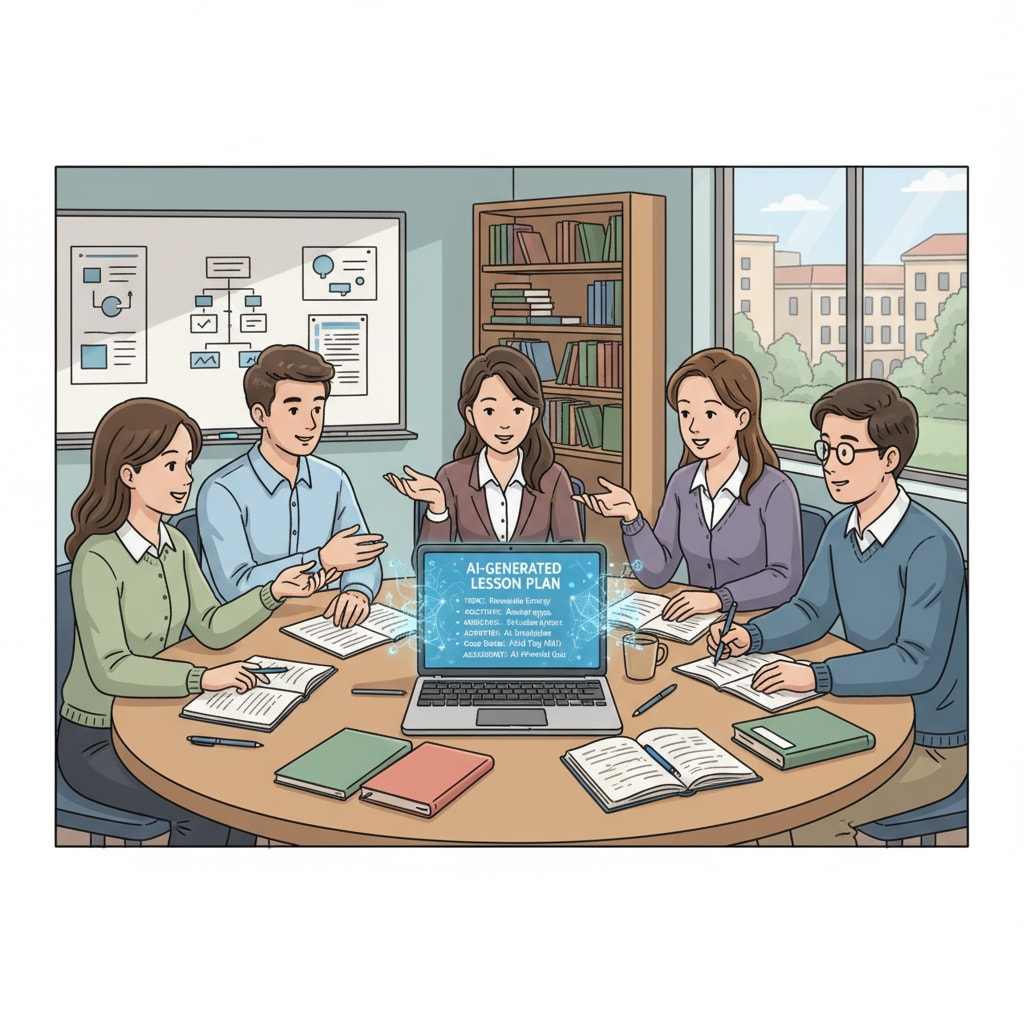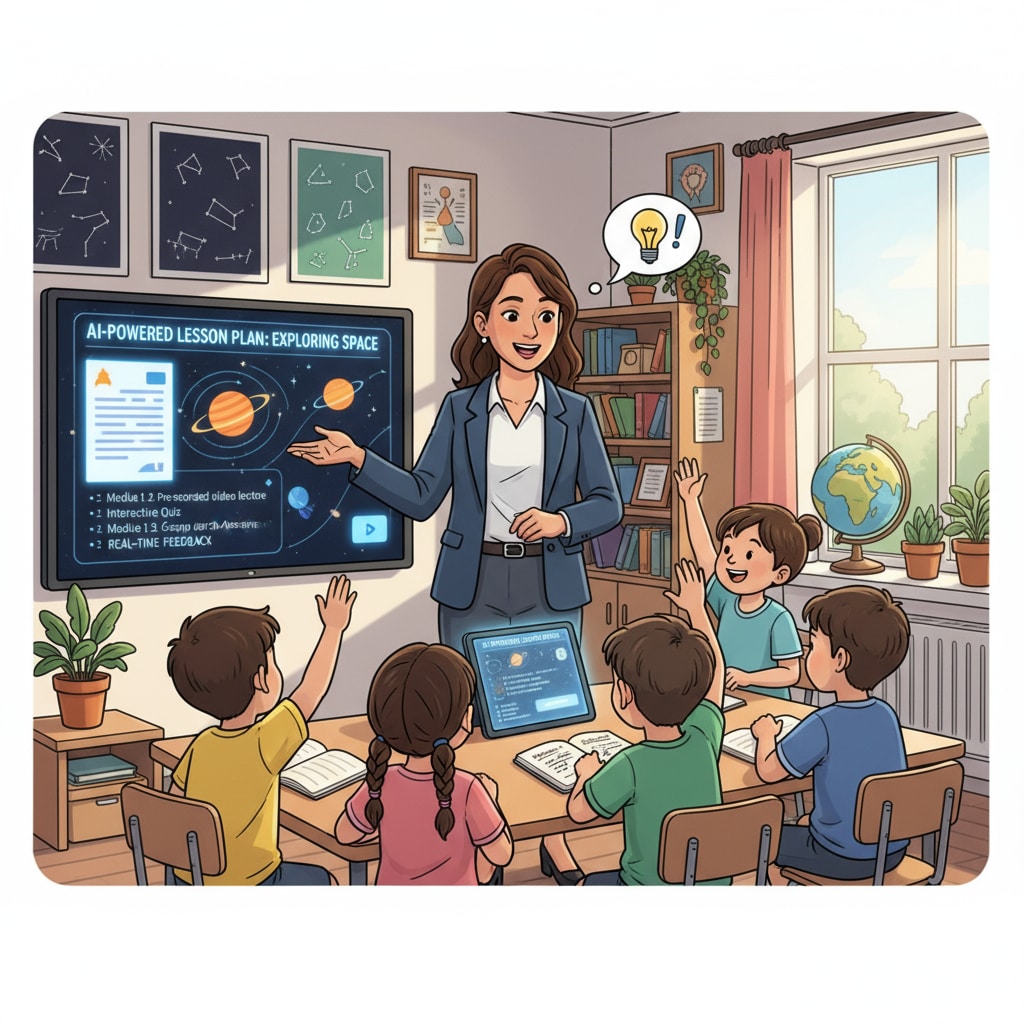In the realm of education, the concepts of student teaching, lesson plan authenticity, teaching skills, and AI limitations are becoming increasingly relevant. With the rapid advancement of AI technology, its application in the education field has expanded significantly. One notable phenomenon is the use of AI-generated lesson plans during student teaching, which has sparked discussions and concerns.

The Significance of Authentic Lesson Plans in Teacher Development
Authentic lesson plan writing is the cornerstone of a teacher’s professional development. When teachers create their lesson plans from scratch, they engage in a deep process of understanding the curriculum, analyzing students’ needs, and setting clear learning objectives. This process is not just about jotting down teaching steps; it’s about crafting a roadmap that aligns with educational goals and caters to the diverse learning styles of students. For example, a teacher planning a science lesson needs to consider the prior knowledge of the students, the available teaching resources, and how to make the content engaging. According to TeachThought, a well-structured lesson plan helps teachers stay organized, deliver content effectively, and measure student progress accurately.
AI’s Limitations in Replacing Teacher Planning
While AI can generate lesson plans quickly, it has significant limitations. AI lacks the human touch and real-world understanding that teachers possess. It cannot truly anticipate the unique dynamics of a classroom, such as students’ unexpected questions or sudden disruptions. For instance, an AI-generated plan might provide a standard teaching sequence, but it won’t be able to adjust on the fly when a student brings up a relevant but unforeseen topic. As stated by EdSurge, AI may offer a framework, but it cannot replace the in-depth knowledge and experience that teachers draw upon to create effective lessons.

Moreover, AI-generated plans often lack the creativity and flexibility that come from a teacher’s personal insights. Teachers draw from their own teaching experiences, cultural backgrounds, and understanding of the local context to make lessons more relevant and engaging. This personalized touch is what makes a lesson truly impactful and memorable for students.
In conclusion, although AI has its place in the education landscape, it cannot replace the vital role of teachers in planning lessons. Student teaching is a crucial stage where future teachers need to develop their own teaching skills through hands-on experience in creating authentic lesson plans. By doing so, they can better navigate the complex and dynamic nature of the classroom, ensuring the success of their students’ learning journey. The limitations of AI highlight the enduring importance of human teachers in the educational process, emphasizing the need to preserve and cultivate real teaching abilities.
Readability guidance: Short paragraphs and lists are used to summarize key points. Each H2 section provides a list when possible. The proportion of passive voice and long sentences is controlled. Transition words like “however”, “therefore”, “in addition”, “for example”, and “as a result” are scattered throughout the text.


